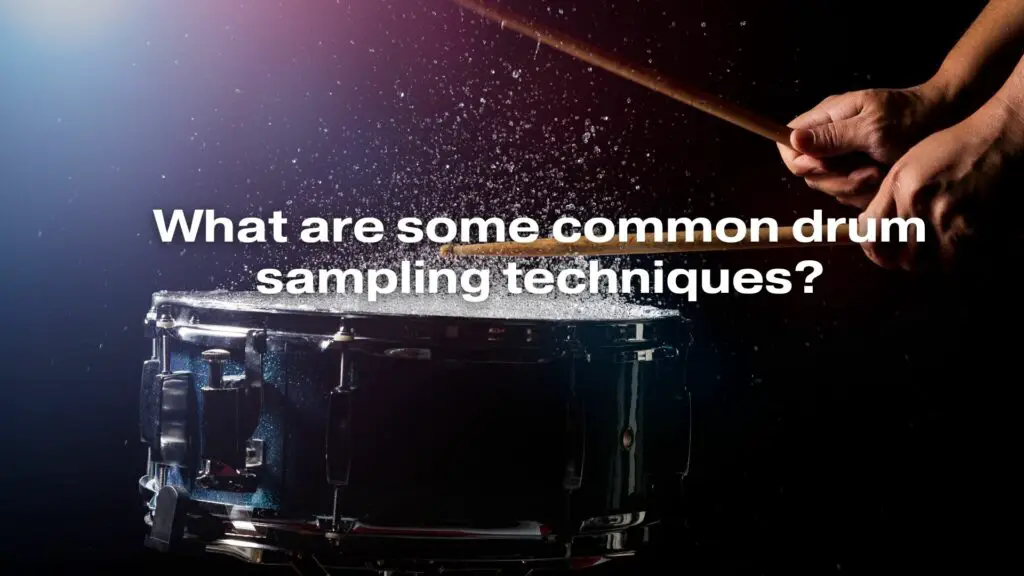Sampling is a fundamental aspect of music production, and drum sampling techniques are essential for creating unique and compelling drum sounds in various genres. Whether you’re using drum samples for electronic music, hip-hop, or enhancing live drum recordings, here are some common drum sampling techniques:
- Single Hits:
Sampling single drum hits, such as kicks, snares, hi-hats, and cymbals, allows you to build custom drum kits. These samples can be triggered in a sampler to create drum patterns.
- Layering:
Layering involves combining multiple drum samples to create a more complex and textured drum sound. For example, layering a kick drum with a sub-bass sample can result in a deeper and more impactful low end.
- Velocity Layers:
To capture the nuances of live drumming, record multiple samples of the same drum hit at different velocity levels. Use velocity-sensitive drum samplers to trigger the appropriate sample based on the intensity of the hit.
- Round Robin:
Round-robin sampling involves recording multiple variations of the same drum hit to cycle through them for a more natural and varied sound. This helps avoid the repetitive feel of triggering the same sample every time.
- One-Shot Samples:
One-shot samples are short, self-contained drum hits that play once when triggered. They’re commonly used for drum kits, and each sample typically represents a specific drum sound (e.g., a single snare hit).
- Sliced Loops:
Slicing drum loops into individual hits allows you to rearrange and manipulate the groove, creating custom rhythms. You can use drum slicers or software samplers to achieve this.
- Pitch Shifting:
Altering the pitch of a drum sample can help create variations in tone and pitch. Lowering the pitch can create a deeper and more powerful sound, while raising it can add brightness.
- Time Stretching:
Time stretching allows you to adjust the length of a drum sample while preserving its pitch. This technique is useful for fitting drum samples into specific tempo requirements without altering the pitch.
- Granular Synthesis:
Granular synthesis breaks down drum samples into tiny grains and recombines them to create unique textures and sounds. It’s a creative technique that can result in experimental drum textures.
- Sample Processing:
Apply various effects and processing to drum samples to modify their characteristics. Effects like EQ, compression, saturation, and reverb can shape the sound and add character.
- Resampling:
Resampling involves sampling a drum sound that has been processed or modified in some way, creating entirely new and unique drum samples.
- Stereo Placement:
Experiment with stereo placement by panning drum samples to different positions in the stereo field. This can create a sense of space and depth in your mix.
- Pitched Drum Patterns:
Use pitched drum samples to create melodic drum patterns. This technique is common in genres like trap and EDM.
- Noise Layering:
Layering with noise samples, such as white noise or vinyl crackle, can add character and ambience to drum sounds.
- MIDI Triggering:
Use MIDI controllers or electronic drum kits to trigger drum samples in real-time performances, providing a dynamic and expressive approach to drumming.
- Randomization:
Applying randomization to parameters like pitch, timing, and velocity can create unpredictability and a natural feel in your drum patterns.
In conclusion, drum sampling techniques are versatile tools for shaping and enhancing your drum sounds. Whether you’re creating custom drum kits, manipulating existing drum samples, or experimenting with creative effects, these techniques can help you achieve a wide range of drum textures and rhythms in your music production.


